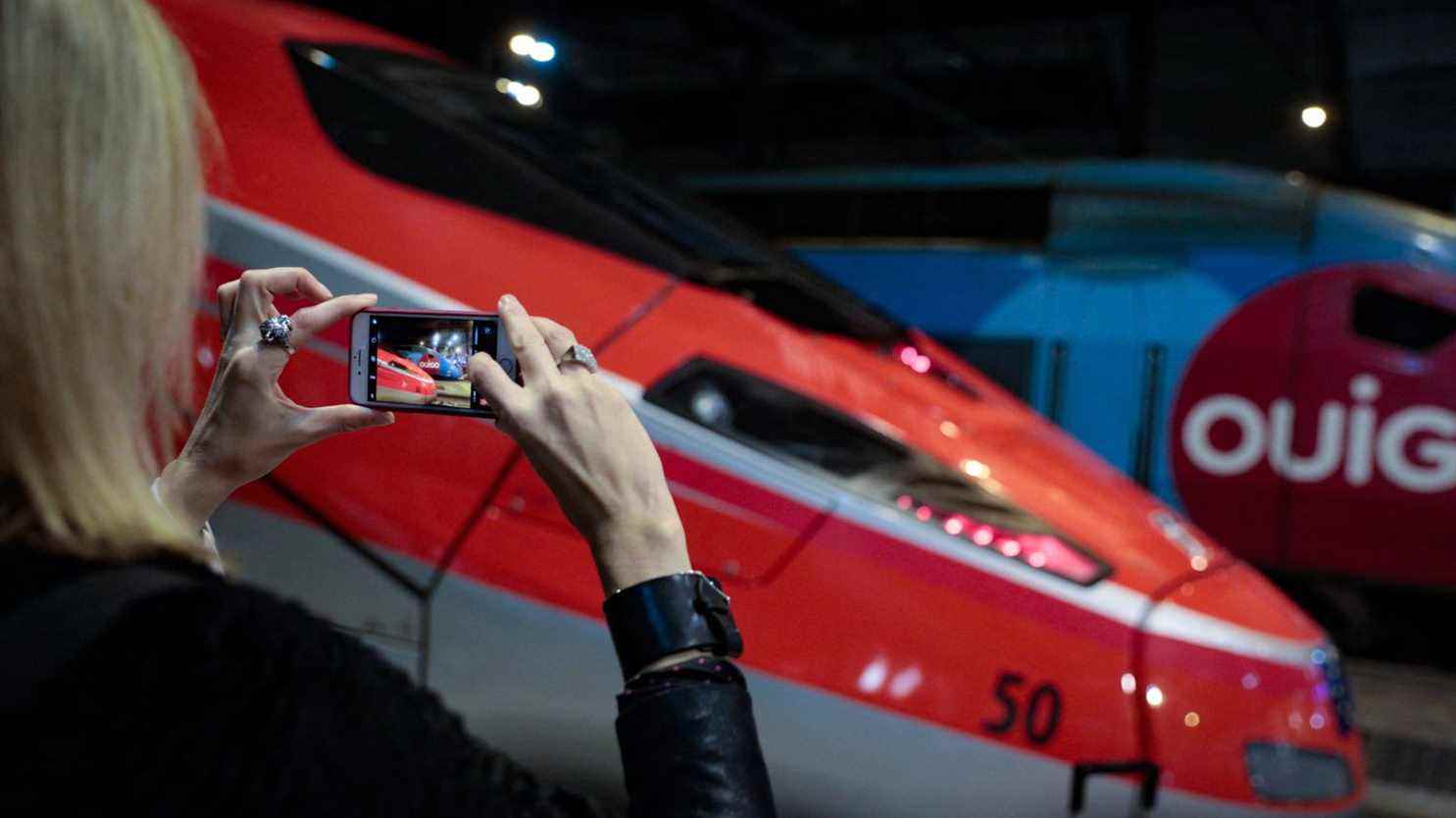The arrival of competition today for French rail on the Paris-Lyon high-speed train line. End of the monopoly for the SNCF, since the Italian company Trenitalia is launching its “Red Arrows” trains on the Milan-Turin-Lyon-Paris line. A great social question today for the sociologist and research director at the CNRS, Jean Viard.
franceinfo: What does this end of the SNCF monopoly represent? The arrival of competitors for one of our flagships? The TGV is a French pride …
Jean Viard: You have to remember that the SNCF, you know, in 1945, there were 500,000 employees at the same time as 500,000 local elected officials, in fact, these were the two large networks that held France, because we do not had no car. Then, little by little, we switched to the automobile.
And indeed, the train went down to 200,000 employees. He tried to makeover with fast lanes, and often neglecting others. We were in this story, and we must also remember that suddenly, as in any society, when the transport system crashes, goes on strike or stops for a reason of disaster, the company stops. The train blocked the company, the transport unions held the company. When there was a transport strike, everything stopped.
Today, we are no longer in the same company, the transport has moved to the car, and therefore it is legitimate. It is rather “yellow vests” and Poujadist phenomena than trade unionists. There is a great nostalgia in the world of SNCF, among professionals. First, they were the heart of social struggles. Then, they were a bit of a network of the territory. And there, we had the reforms, and basically, now, they are becoming one transport system among others.
There is rapid transit and transport at the speed of the car. There is the transport of small lines or suburbs. And then, indeed, the night transport. And then, next, now, we will actually see the competition. And with undoubtedly a differentiation between the top of the range and the low cost.
SNCF had already set up cheaper trains, etc. Ouigo, we can’t eat, etc. But they tried to oppose that, but we entered a new period. The tracks are a bit the equivalent of highways or roads, and run on them, all the cars and all the trucks that feel like it.
So, competitors to the SNCF, that means the arrival of investors from Trenitalia, in this case on the French rails from today. Does that mean, this appetite of investors and companies for rail that the train is a transport of the future. Is he still seen like that?
The great transport of the future is digital in reality. With the pandemic, when you want to see someone, the first thing you do is Zoom, Skype, etc. Digital is becoming the first link, after physical links which in my opinion will decline. Indeed, the train in there plays an absolutely essential role, for quite obvious ecological reasons, and because in addition, we are very numerous to have cars which, very quickly, will no longer be able to enter the cities. Indeed, if we have a diesel that cannot enter the big cities, that is good when you are in the country, around your home, to go shopping, but you will not be able to go to town.
The SNCF’s problem is to put the user back at the center, and for the company to work for the users while the company, for its part, works for itself: the unions, the common good, the idea. blocking for the holidays does not prevent them from sleeping. You know, we are one of the last countries where the wharf is only announced at the last moment. There are countries where it is announced a year in advance. It doesn’t look like much, but it’s convenient, especially for very old people who actually have to go to trains. A TGV is sometimes two TGVs in a row. If you’re unlucky enough to be on the other end of the train, for someone over 80, that’s very inaccessible. So there is a whole humanization to be built. And in particular because the train will be redeveloped in new or, let’s say, more user-friendly and slower modes.
So, precisely, the evolution of the offer, how, in this regard, should we see the competition arrive? Is this a good thing for users because the competition is pulling upwards or, on the contrary, is it a liberal logic, the finger in a gear of profitability which can ultimately then harm the business? offer services?
There is one simple thing, it is with our taxes that we pay most of the transport, whether it is city transport, buses, subways, trams or trains. There is a huge part of our budgets that come from our taxes, and therefore the idea that we arrive at a level with a little more profitability in itself, that seems quite legitimate. After the competition, it’s a bit of a choice. It is Europe’s own which is effectively favorable to competition.
We can hope it will be like in aviation, if you will. We will undoubtedly have companies that will offer you differentiated things, which will be more suited to differentiated clienteles. There are businessmen who work, students or people who telecommute on the train. They don’t want to have a child who plays, someone who eats next to them. We can also reflect on an evolution of uses and therefore, obviously, an evolution of services and companies.
